CAA News Today
Call for Nominations: Jury Members for CAA Grants and Awards (2024–2027)
posted by CAA — Apr 03, 2024
CAA invites nominations and self-nominations for individuals with relevant expertise to serve on our juries for Awards for Distinction, Publication Grants, Travel Grants, and Fellowships. Jury service is one of the most impactful volunteer positions at CAA; help select our next awardees and grantees!
To apply, send an e-mail to Cali Buckley, CAA Manager of Grants and Awards & Director of CAA-Getty International Program, with the following:
- Statement of interest outlining qualifications and experience of nominee (150 words maximum)
- CV (two pages maximum)
Three-year terms begin in July. Current CAA Committee and Editorial Board members are not eligible to apply.
Deadline: June 1, 2024
CURRENT JURY OPENINGS
- Art Journal Award
- Charles Rufus Morey Book Award for Non-catalogue Books in the History of Art
- Arthur Kingsley Porter Prize for Art Bulletin articles
- The CAA/American Institute for Conservation Award for Distinction in Scholarship and Conservation
- Jury for the Artist Award for Distinguished Body of Work, Distinguished Artist Award for Lifetime Achievement, and Distinguished Teaching of Art Award
- Distinguished Feminist Awards for Scholars and Artists
- Millard Meiss Publication Fund for Books in Art History
- Wyeth Foundation for American Art Publication Grant
- Art History Fund for Travel to Special Exhibitions
- Professional Development Fellowship in Visual Art
- Michael Aurbach Fellowship for Excellence in Visual Art
Wyeth Foundation Publication Grants for 2023
posted by CAA — Nov 17, 2023
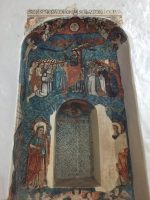
A photograph of a Maya Christian Mural of Yucatán. Credit: Amara Solari. All Rights Reserved.
Since 2005, the Wyeth Foundation for American Art has supported the publication of books on American art through the Wyeth Foundation for American Art Publication Grant, administered by CAA. The 2023 grantees are:
- Ellen Levy, A Book About Ray, MIT Press
- Ellen Macfarlane, Politics Unseen: Group F.64, Photography, and the Problem of Purity, University of California Press
- Yxta Maya Murray, We Make Each Other Beautiful: Art, Activism, and the Law, Cornell University Press
- Akela Reason, Politics and Memory: Civil War Monuments in Gilded Age New York, Yale University Press
- Amara Solari and Linda K. Williams, Maya Christian Murals in Early Modern Yucatán, University of Texas Press
Read a list of all recipients of the Wyeth Foundation for American Art Publication Grant from 2005 to the present.
BACKGROUND
For the Wyeth Foundation for American Art Publication Grant, “American art” is defined as art created in the United States, Canada, and Mexico. Eligible for the grant are book-length scholarly manuscripts in the history of American art, visual studies, and related subjects that have been accepted by a publisher on their merits but cannot be published in the most desirable form without a subsidy. The deadline for the receipt of applications is September 15 of each year.
Guidelines
Process, Materials, and Checklist
CONTACT
Questions? Please contact Cali Buckley, Manager of Grants and Awards, at cbuckley@collegeart.org.
Now Accepting Applications for the Wyeth Foundation and Millard Meiss Publication Grants for Fall 2023
posted by CAA — Jul 27, 2023
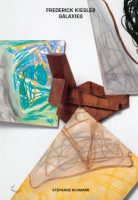
Fall 2022 Wyeth Foundation for American Art Publication Grant winner Stephanie Buhmann, Frederick Kiesler: Galaxies, The Green Box, Berlin, 2023
WYETH FOUNDATION FOR AMERICAN ART PUBLICATION GRANT
Since 2005, the Wyeth Foundation for American Art has supported the publication of books on American art through the Wyeth Foundation for American Art Publication Grant, administered by CAA.
For this grant program, “American art” is defined as art created in the United States, Canada, and Mexico. Eligible for the grant are book-length scholarly manuscripts in the history of American art, visual studies, and related subjects that have been accepted by a publisher on their merits but cannot be published in the most desirable form without a subsidy.
The deadline for the receipt of applications is September 15 of each year. Learn more about the Wyeth Foundation for American Art Publication Grant.
MILLARD MEISS PUBLICATION FUND
Twice a year, CAA awards grants through the Millard Meiss Publication Fund to support book-length scholarly manuscripts in the history of art, visual studies, and related subjects that have been accepted by a publisher on their merits, but cannot be published in the most desirable form without a subsidy. Thanks to the generous bequest of the late Prof. Millard Meiss, CAA began awarding these publishing grants in 1975.
Books eligible for a Meiss grant must currently be under contract with a publisher and be on a subject in the arts or art history.
The deadlines for the receipt of applications are March 15 and September 15 of each year. Learn more about the Millard Meiss Publication Fund.
Meet the 2021 Recipients of Terra Foundation for American Art Research Travel Grants
posted by CAA — Jul 19, 2021
We’re delighted to announce fourteen scholars have been awarded Terra Foundation for American Art Research Travel Grants in 2021.
These grants provide support to doctoral, postdoctoral, and senior scholars from both the US and outside the US for research topics dedicated to the art and visual culture of the United States prior to 1980.
International Research Travel Grants for US-based Scholars
Doctoral Scholars
Thomas Busciglio-Ritter, The University of Delaware, “‘The Union of Excellences’: An Atlantic History of Early American Landscape Views (1790–1860)”
Ann Tartsinis, Stanford University, “Modernism in Pieces: Transatlantic Visual Culture Between the Wars”
Postdoctoral & Senior Scholars
Caroline Riley, Boston University, “Thérèse Bonney’s Photography: The Politics of Art, the Body,and War from 1920–1970”
Nadia Sethi, University of Washington, “Alaska Native Cultural Belongings held in Museums in Estonia, Finland and Sweden”
Kay Wells, University of Wisconsin-Milwaukee, “Uncanny Revivals: Designing Early America during the Rise of Fascism”
International Research Travel Grants to the United States
Doctoral Scholars
Max Böhner, Humboldt-Universität zu Berlin, Germany, “Twilight Aesthetics: Queer Visual Culture in the United States Between 1945 and 1969”
Sarah Happersberger, Justus-Liebig-Universität Giessen, Germany, “Connection, Community, Kinship, Network: Women Artists Performing Togetherness in the Long 1970s”
Jacqueline Mabey, University College London, England, “This Must Be the Place: Mapping Artistic Kinship and Economic Change in Downtown New York, 1973–1987”
Ana Gabriela Rodriguez, The Courtauld Institute of Art, England, “Tracing Puerto Rican Graphic Arts: Bridging Workshops and Crossing Borders, 1940s –1970s”
Frances Varley, The Courtauld Institute of Art, England, “Identity, Provincialism and Modernism in the US and Britain from a Comparative Perspective, c. 1870–1914”
Wen Yao, The University of York, England, “A Travelling Surrealist: Mobility and Representation in Stella Snead’s Paintings, Photographs and Collages Made in the US (1940–1980)”
Postdoctoral & Senior Scholars
Dafne Cruz Porchini, Universidad Nacional Autónoma de México, “Jean Charlot: A French Artist in the United States and Mexico (1921–1944)”
Maria Stavrinaki, Université Paris I Panthéon–Sorbonne, France, “‘After History’: Variations on a Theme in the Art and Thought of the 1950s–1960s”
Emily Warner, Independent Scholar, “Abstraction Unframed: Abstract Murals at Midcentury”
Learn more about the Terra Foundation Research Travel Grants



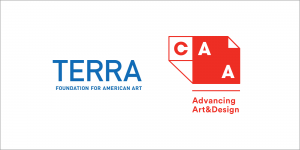
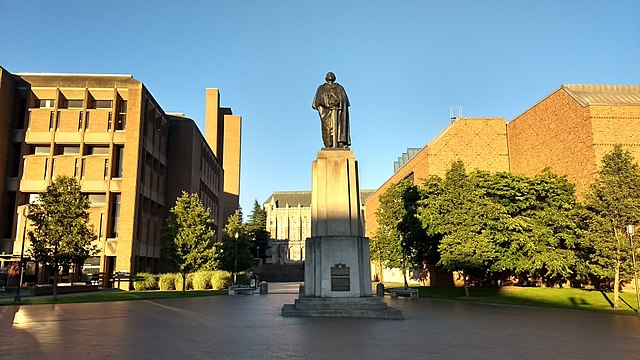
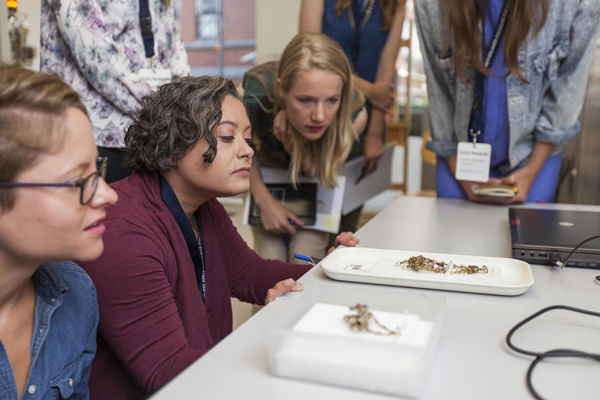
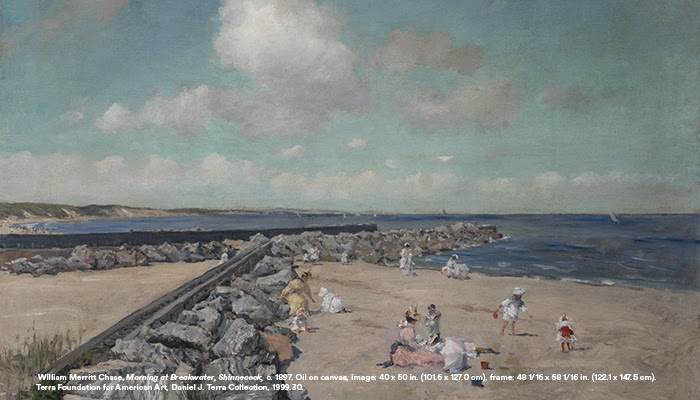

 Anila Quayyum Agha, All the Flowers Are for Me (Red), 2017, laser-cut lacquered steel and lightbulb, 60 x 60 x 60 in. Alice Bimel Endowment for Asian Art, 2017.7 (artwork © Anila Quayyum Agha)
Anila Quayyum Agha, All the Flowers Are for Me (Red), 2017, laser-cut lacquered steel and lightbulb, 60 x 60 x 60 in. Alice Bimel Endowment for Asian Art, 2017.7 (artwork © Anila Quayyum Agha)

 Ambrose Andrews, The Children of Nathan Starr, 1835, oil on canvas, 28 3/8 x 36½ in.; 39 3/16 x 47¼ x 4 13/16 in. framed (artwork in the public domain)
Ambrose Andrews, The Children of Nathan Starr, 1835, oil on canvas, 28 3/8 x 36½ in.; 39 3/16 x 47¼ x 4 13/16 in. framed (artwork in the public domain)


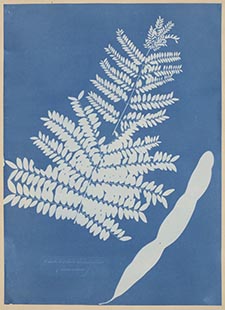 Anna Atkins, Honey Locust Leaf and Pod (Gleditsia triacanthos), ca. 1854 (artwork in the public domain)
Anna Atkins, Honey Locust Leaf and Pod (Gleditsia triacanthos), ca. 1854 (artwork in the public domain)






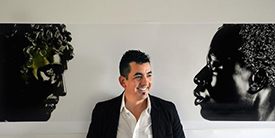 Ken Gonzales-Day
Ken Gonzales-Day
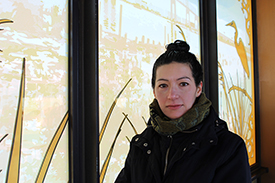 Jenna Lucente
Jenna Lucente
